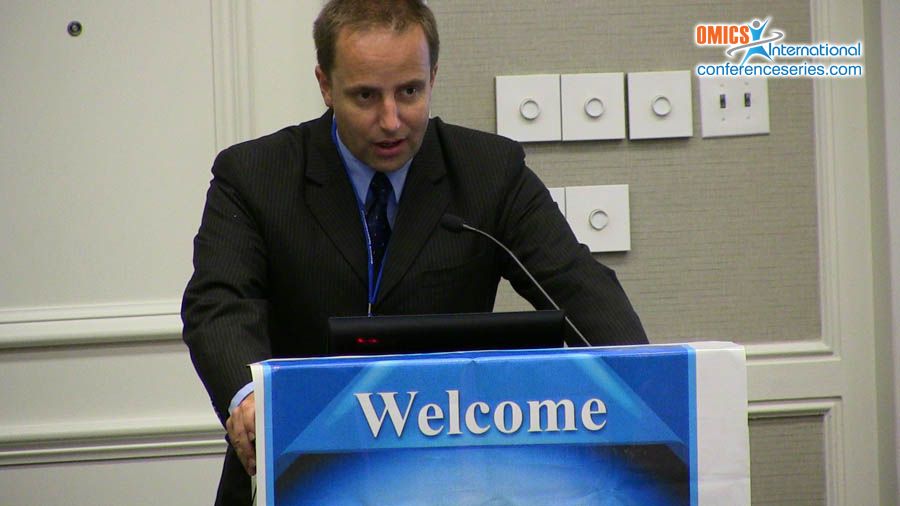F Balszuweit
Bundeswehr Institute of Pharmacology and Toxicology, Germany
Title: Silibinin as a potential therapeutic for sulfur mustard injuries
Biography
Biography: F Balszuweit
Abstract
Sulfur mustard (SM) is a vesicating chemical warfare agent causing skin blistering, ulceration, impaired wound healing, prolonged hospitalization and permanent lesions. Silibinin, the lead compound from Silybum marianum, has been discussed as a potential antidote to SM poisoning, but previous investigations had been limited to nitrogen mustards. Water solubility of silibinin is poor, thus a water-soluble prodrug, e.g. silibinin-bis-succinat (silibinin-BS, SIL-BS) should be desirable for rapid bioavailability as an antidote. HaCaT cells were exposed to SM (30, 100, and 300 μM) for 30 min and treated thereafter with SIL-BS (10, 50, and 100 μM) for 24 h. Necrosis, apoptosis and production interleukin-6 and -8 were determined. SIL-BS dose-dependently reduced SM cytotoxicity, even after 300 μM exposure. Doses of 50-100 μM SIL-BS were required for significant protection. Apoptosis and interleukin production remained largely unchanged by 10-50 μM SIL-BS but increased slightly after 100 μM treatment, in particular when cells had previously been exposed to 300 μM SM. HaCaT cells, incubated with SIL-BS were lysed and investigated by LC-ESI MS/MS. Findings suggest that SIL-BS is absorbed by HaCaT cells and biotransformed into free silibinin. In summary, silibinin-BS is a promising compound for the treatment of SM injuries: biotransformation to free silibinin is possible and standard doses for clinical use (50-100 μM) provided a significant reduction of necrosis. At doses of 50 μM SIL-BS, no pro-inflammatory or pro-apoptotic effects occurred, but even proapoptotic effects of 100 μM SIL-BS were observed only after 300 μM SM exposure and might even be useful to eliminate cells with irreversible SM-induced damage.





